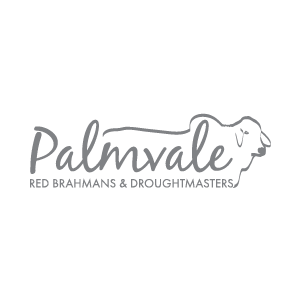Capabilities.
Brand Identities.
Brand identity refers to the visual, verbal, and emotional attributes that represent a brand and distinguish it from other brands in the market. It encompasses the overall personality, values, and messaging that a brand conveys to its target audience through its name, logo, colours, typography, advertising, and other marketing materials.
Brand identity is an important aspect of branding because it helps consumers recognise and remember a brand, and it creates a consistent and cohesive experience across all touchpoints. A strong brand identity can also help a company differentiate itself in a crowded market and build trust and loyalty among customers.
Website / SEO
SEO, which stands for Search Engine Optimization. SEO is the practice of optimizing a website's content and structure to increase the quantity and quality of organic (non-paid) traffic from search engines like Google.
SEO is important because it helps businesses improve their online visibility, reach more potential customers, and ultimately drive more conversions and revenue. By optimizing their website for relevant keywords and providing high-quality content, businesses can rank higher in search engine results pages (SERPs), which can lead to more clicks and traffic to their site.
SEO involves various techniques such as keyword research, on-page optimization, technical optimization, link building, and content creation. It requires ongoing effort and monitoring to stay ahead of competitors and stay up-to-date with the latest search engine algorithms and trends.
Art Direction.
In graphic design, art direction refers to the process of guiding and overseeing the visual aspects of a design project. Art direction or branding plays a crucial role in establishing the overall look, feel, and creative direction of a design piece, ensuring that it aligns with the client's objectives and effectively communicates the desired message.












